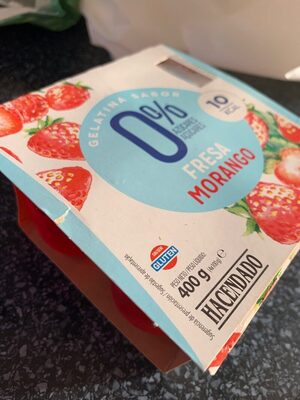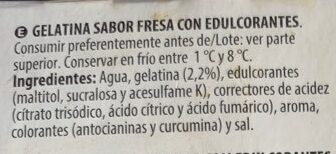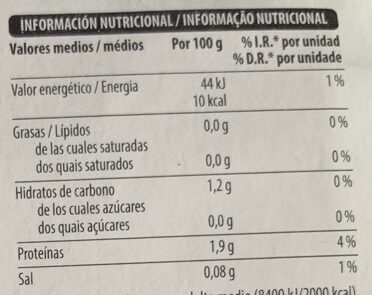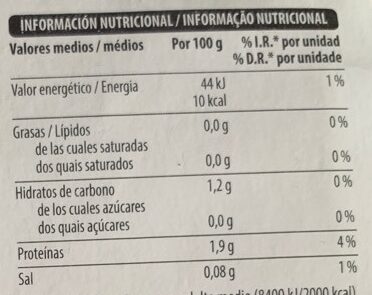Gelatina sabor fresa 0% - Hacendado - 400 g
Aquesta pàgina del producte no està completa. Podeu ajudar a completar-la editant-la i afegint-hi més dades a partir de les fotos ja disponibles, o fent-ne més amb l'aplicació de androide o iPhone / iPad. Gràcies!
×
Codi de barres: 8480000682918 (EAN / EAN-13)
Quantitat: 400 g
Marques: Hacendado
Categories: Postres, en:Jelly desserts
Etiquetes, certificacions, premis: Lliure de gluten, Amb edulcorants
Codi de traçabilitat: ES 26.11504/V CE
Països on es va vendre: Espanya
Matching with your preferences
Entorn
Empaquetament
Transport
Report a problem
Fonts de dades
Producte afegit per elcoco
Última modificació de la pàgina del producte per musarana.
La pàgina del producte, també editada per elcoco.b1da4cd6fcc983178a68c2f237c7f06d, moon-rabbit, roboto-app.
Si les dades són incorrectes o incompletes, pot completar o corregir editant aquesta pàgina.









